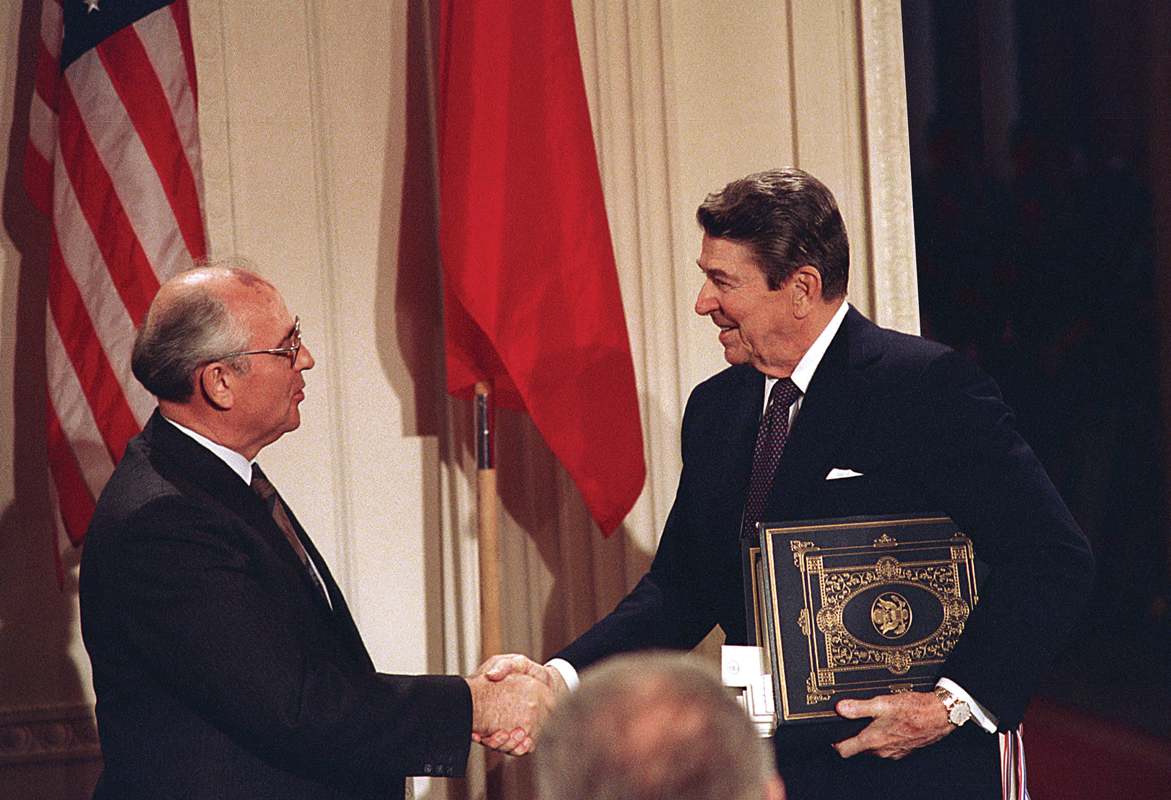What Theories Explain the End of the Cold War
Numerous scholars have used IR theory to discuss the end of the cold war but most of the circumstances they highlight were also present in the spring of 1953 right after the death of Joseph Stalin. Although ideas belong to constructivist approach Gorbachevs desire and readiness to respect and promote human rights can also be explained by realist approach.
Reexamining The End Of The Cold War Vassar The Alumnae I Quarterly
The surprising end of the Cold War shifted not only the world order but also debates in international relations theories.

. Constructivists have argued that the end of the Cold War is best explained in terms of ideas and agencyspecifically Soviet president Mikhail Gorbachevs new thinking. End of the Cold War William C. Second it will assess if neorealisms or social constructivisms core arguments can better explain three important dynamics of the Cold War namely bipolarity.
37 Full PDFs related to this paper. As the Cold War intensified the United States developed new foreign policies including the domino theory which became a foundation of American foreign policy. The Non-Aligned Movement also had a note in the process that brought the Cold War finally to end.
President Reagan through popular belief is seen as the individual that accelerated the process which led to the end of the Cold War. Full PDF Package Download Full PDF Package. Liberal Internationalists and Democratic Peace.
Drawing on theories of international relations IR and comparative politics this article explains why the cold war ended in 1989 rather than 1953. The collapse of great-power cooperation after World War II helped establish it as the dominant approach to the theory and practice of international politics in the United States. The theory of realism can explain the Cold War if the Cold War itself is considered to be the end of an era of political and international relations theory the closing of a chapter if you will as the wave of new-found cooperation between post-war allies with the sole intention of pursuing mutually beneficial economic development embodied by the European Union.
It was unexpected by current international relations theories. Theory and the End of the Cold War 7 Hans J. Evaluating Theories of International Relations edited by Pierre Allan and Kjell Goldmann 179-225.
These approaches could explain incremental change in international politics but they fell woefully short when. And the end of the Cold War. International Relations Theory and the End of the Cold War.
POLICY-RELEVANT THEORY AND THE END OF THE COLD WAR In The Limits of Coercive Diplomacy Alexander George George Hall Simmons 1971 p. The Struggle for Power and. Human rights ideas and the end of the Cold War One of the key ideas caused changes in Soviet domestic and foreign policy under Gorbachev is that of human rights.
The alliance behaviors of states. It will then conclude that social constructivism is most convincing in explaining the Cold War. Almost all of the theoretical approaches that were in vogue in the 1980s were unable to account for the sudden end of the bipolar Cold War system.
An Analysis of the problem of Identifying and Explaining Change In The End of the Cold War. State failures and the geopolitical disorder that followed were born out of policies generated by reified thinking as to what constitutes material threats in a world order transfigured by the end of the Cold War. Without any large conflict and war exploded furthermore without any transformation in the world systemanarchical for instance neorealists predicted that the worlds bipolar order would.
By globallista Liberalism in the post-Cold War Era. In 1945 English writer George Orwell first used the term cold war in a published. The evolution of the Cold War between the United States and the Soviet Union initiated a new US.
Classical Liberalism and Interdependence Studies. Wohlforth iNlodern realism began as a reaction to the breakdown of the post-World War I international order in the 1930s. Xiv argued that when answering a specific question the historian and the policy maker employ additional theories and generalizations of.
According to Gaddis Classical Liberals and interdependence studies. The Cold War came to an end with the collapse of Communist parties rule in Eastern Europe and the Soviet Union and the disintegration of the Soviet Union. The end of the Cold War posed a formidable challenge for theorists of international relations.
The theory that Mikhail Gorbachev and Ronald Reagan played a central role in ending the Cold War has been put forth by Liberal theorists. A short summary of this paper. Morgenthau put forward the first comprehensive modern theory of inter- national relations-and the one from which most subsequent theories in that field have evolved-in his 1948 book Politics among Nations.
A few realists have countered that Soviet material decline was endogenous to the new ideas. The end of the Cold War constituted an opportunity to test the ability of. Yet Cold War thinking remains the guiding principle when approaching contemporary threats to state and international security alike Jacob 2017 xviii.
Determine why the Cold War ended.
The Peaceful End Of The Cold War Essay
The Logic Of Democratic Peace Theory In The Post Cold War Era International Relations Binus University
What Was The Cold War And Why Did It Develop Ppt Video Online Download
Comments
Post a Comment